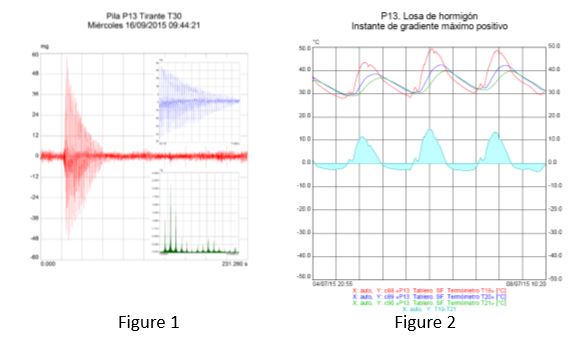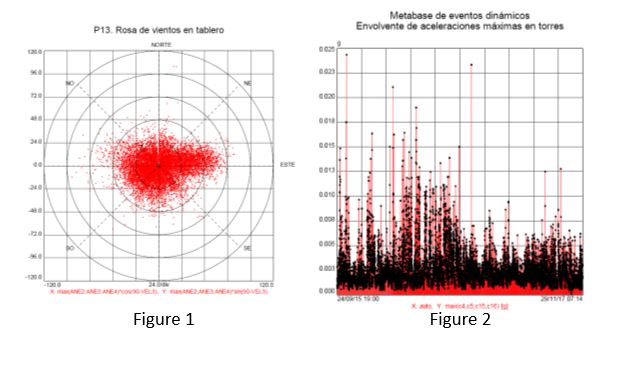Constitution of 1812 Bridge (case study)
The main span, 540 m, is the record in Spain and the third largest in Europe among cable-stayed. The two pylons are 185 m high. The vertical clearance is 69 m, that is the second height of navigation channel in the world, after the Verrazano-Narrows Bridge, in New York. Moreover, the bridge includes a 150 m removable span over the bay that means no limit to the maritime navigation if necessary.
The total length of the bridge is 3.092 m (1.440 m over the sea).
The deck, 34 m width, is distributed between the motorway with two lanes in each direction and another carriageway of two lanes reserved for metropolitan public transport."
Object description
"The Constitution of 1812 Bridge is a cable-stayed bridge, linking Cádiz with Puerto Real over the Mediterranean sea.
The main span, 540 m, is the record in Spain and the third-largest in Europe among cable-stayed.
The two pylons are 185 m high. The vertical clearance is 69 m, which is the second height of the navigation channel in the world, after the Verrazano-Narrows Bridge, in New York. Moreover, the bridge includes a 150 m removable span over the bay that means no limit to maritime navigation if necessary.
The total length of the bridge is 3.092 m (1.440 m over the sea).
The deck, 34 m width, is distributed between the motorway with two lanes in each direction and another carriageway of two lanes reserved for metropolitan public transport."
Object analysis
"The bridge is monitored, since the construction, with 424 sensors, most of them static but some dynamic.
The static system consists of 154 strain gauges embedded into the fresh concrete, 127 strain gauges on the steel surface, 55 thermocouples, 17 tiltmeters, 40 load cells in the stay cables, and 4 sensors on bearings at the piers. Every five minutes, all these parameters are recorded.
19 accelerometers, 4 anemometers, and another 4 weather vanes integrate the dynamic monitoring system, which is triggered automatically when certain threshold values are exceeded.
To assess the structural behavior, the measurements are compared with the theoretical values and its evolution is lookout. Moreover, the wind measurements are used to regulate the traffic on the bridge."
Object state
"In order to have a first reference of the stay cable forces before the bridge was open to traffic in 2015, dynamic auscultation of them was performed. The forces were obtained through the vibrating string analogy (see figure below). As planned, this auscultation has been repeated in 2020, five years later, finding minor differences in the forces.
The monitoring system inherited from the construction phase has been kept almost entirely for the monitoring of the bridge in service. This system allows controlling both the actions (thermal and wind) and the structural response (gradients, forces, accelerations, etc.). In addition, it is useful to maintain a service of automatic alerts based on 10-minute average wind speeds.
Since the bridge was open to traffic, a large amount of data has been recorded that is periodically analyzed from different points of view (statistical-descriptive, correlational and spectral) to verify through this experimental analysis the correct structural behavior."
Images
Documents
This case study was contributed by Silvia de la Orden of . Last edited by technical staff.



